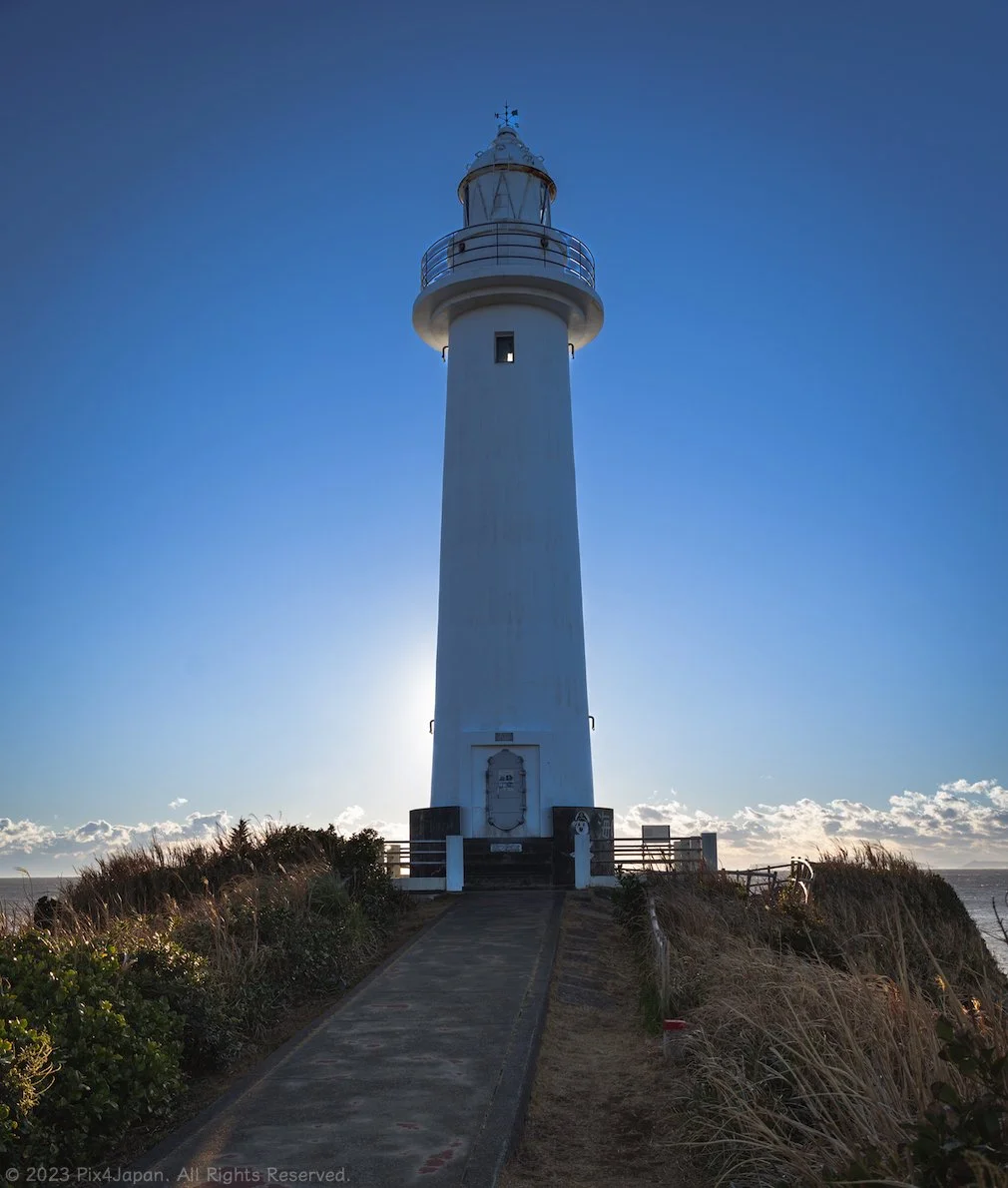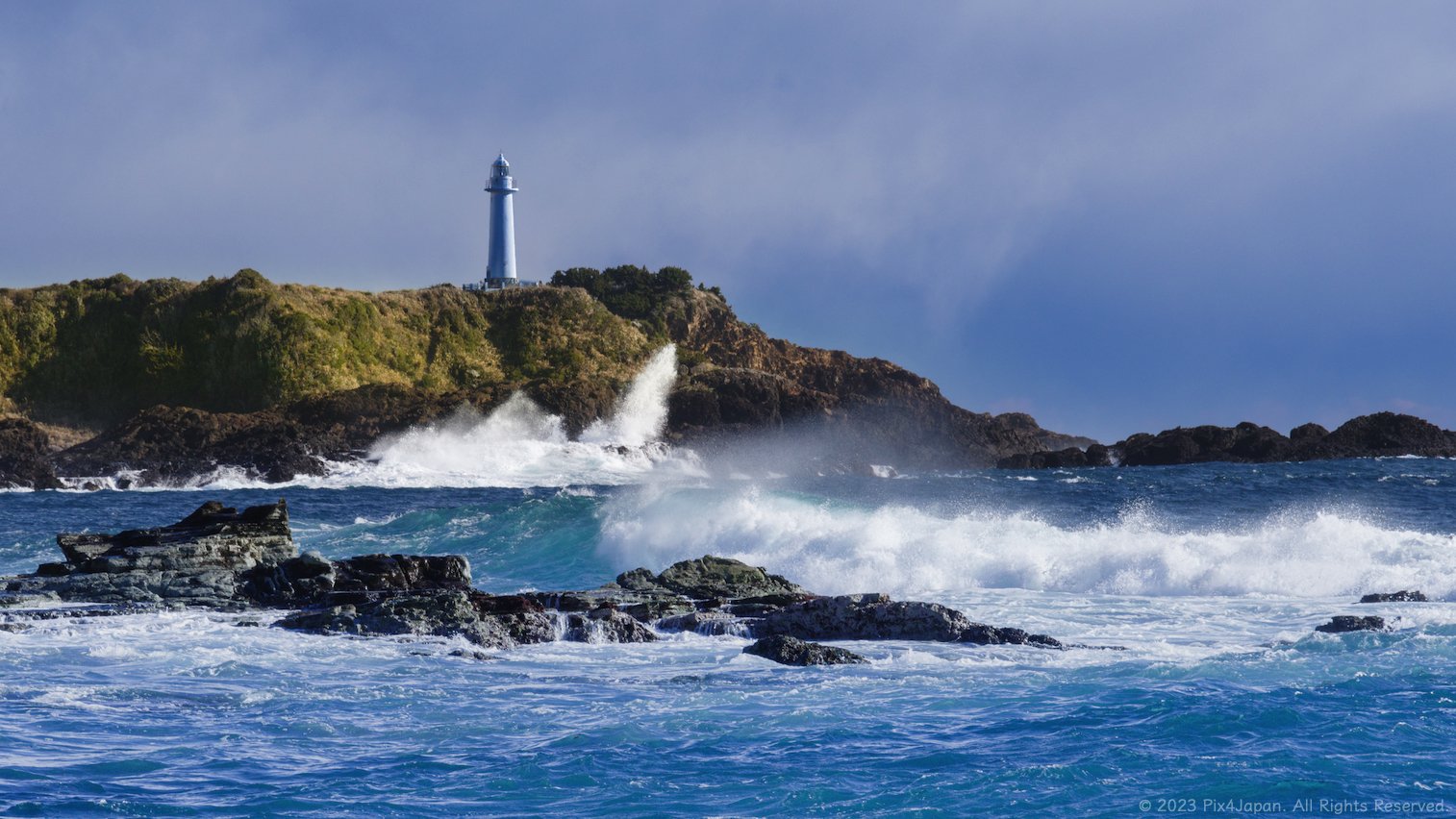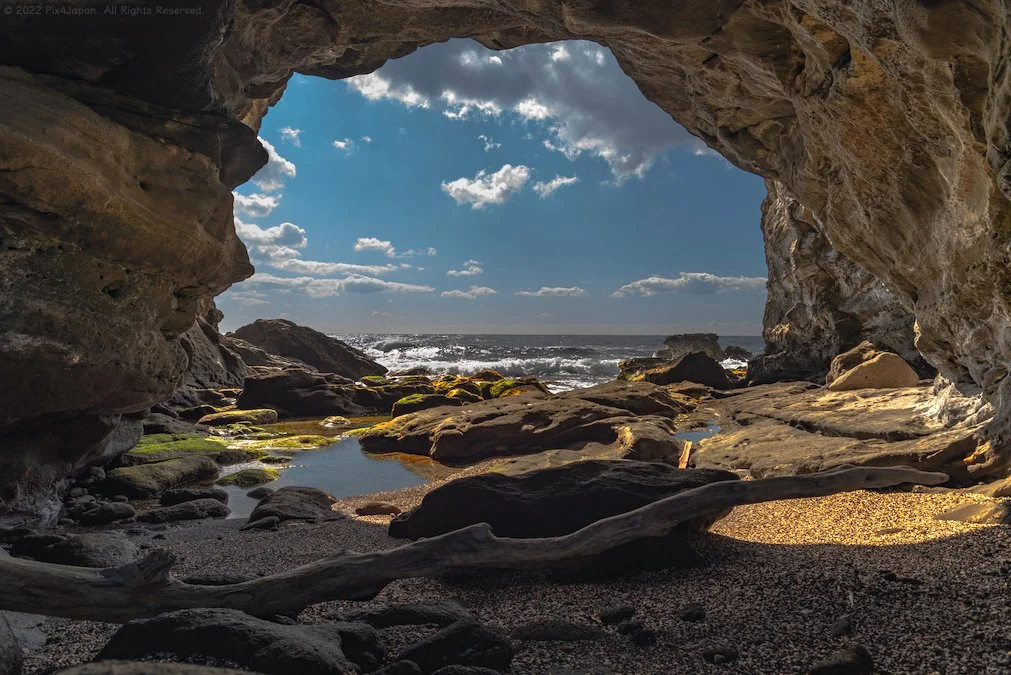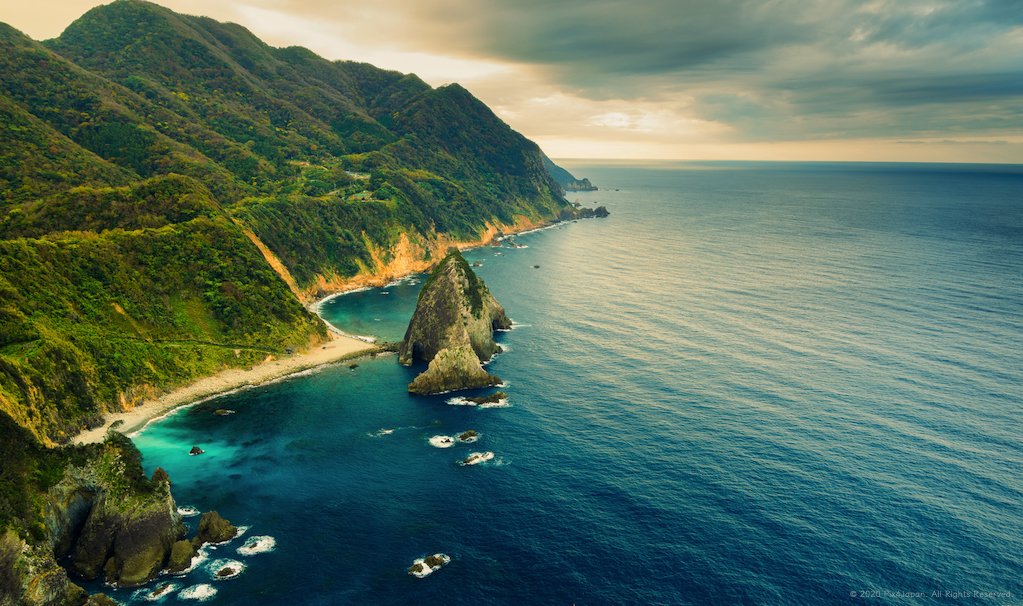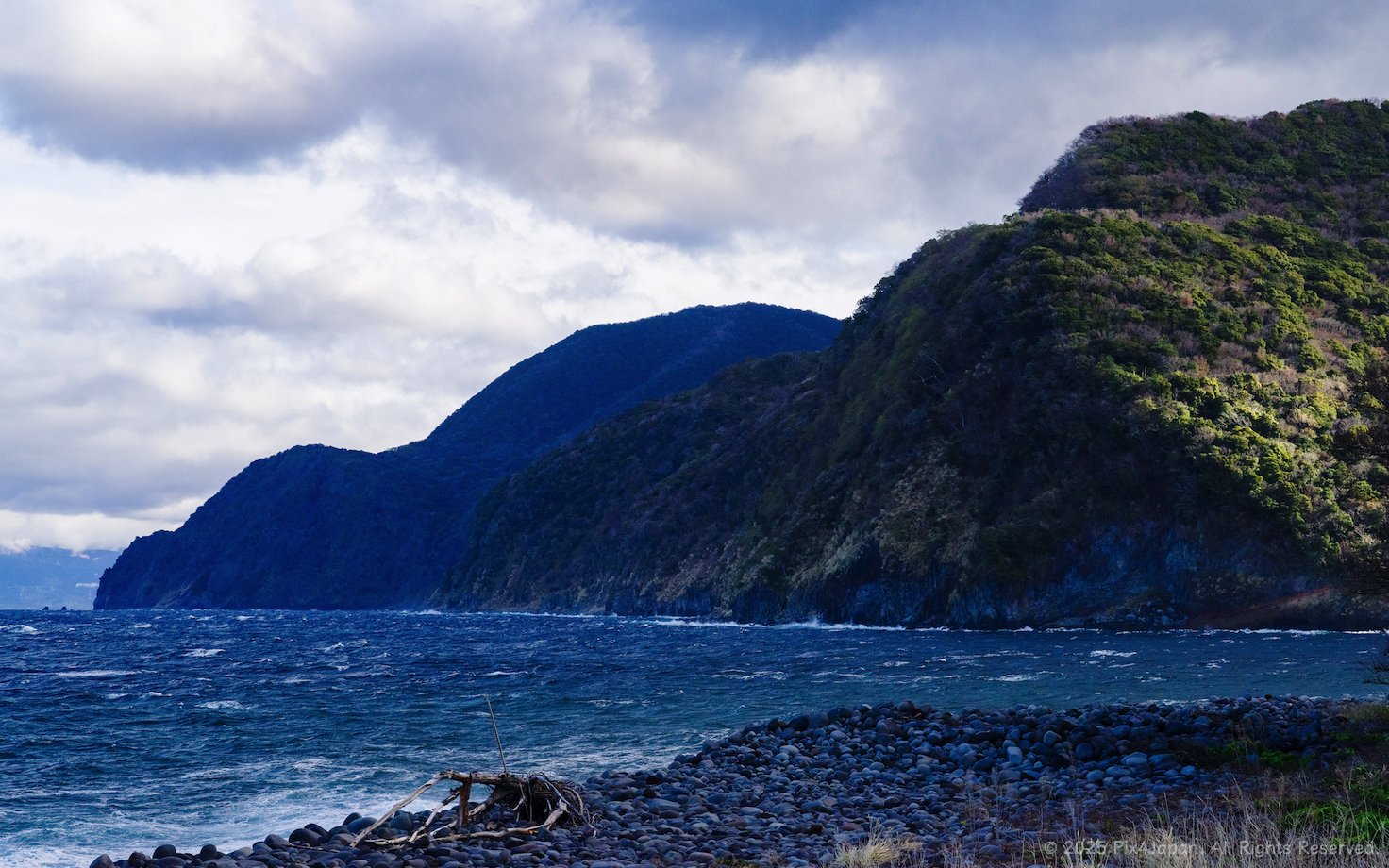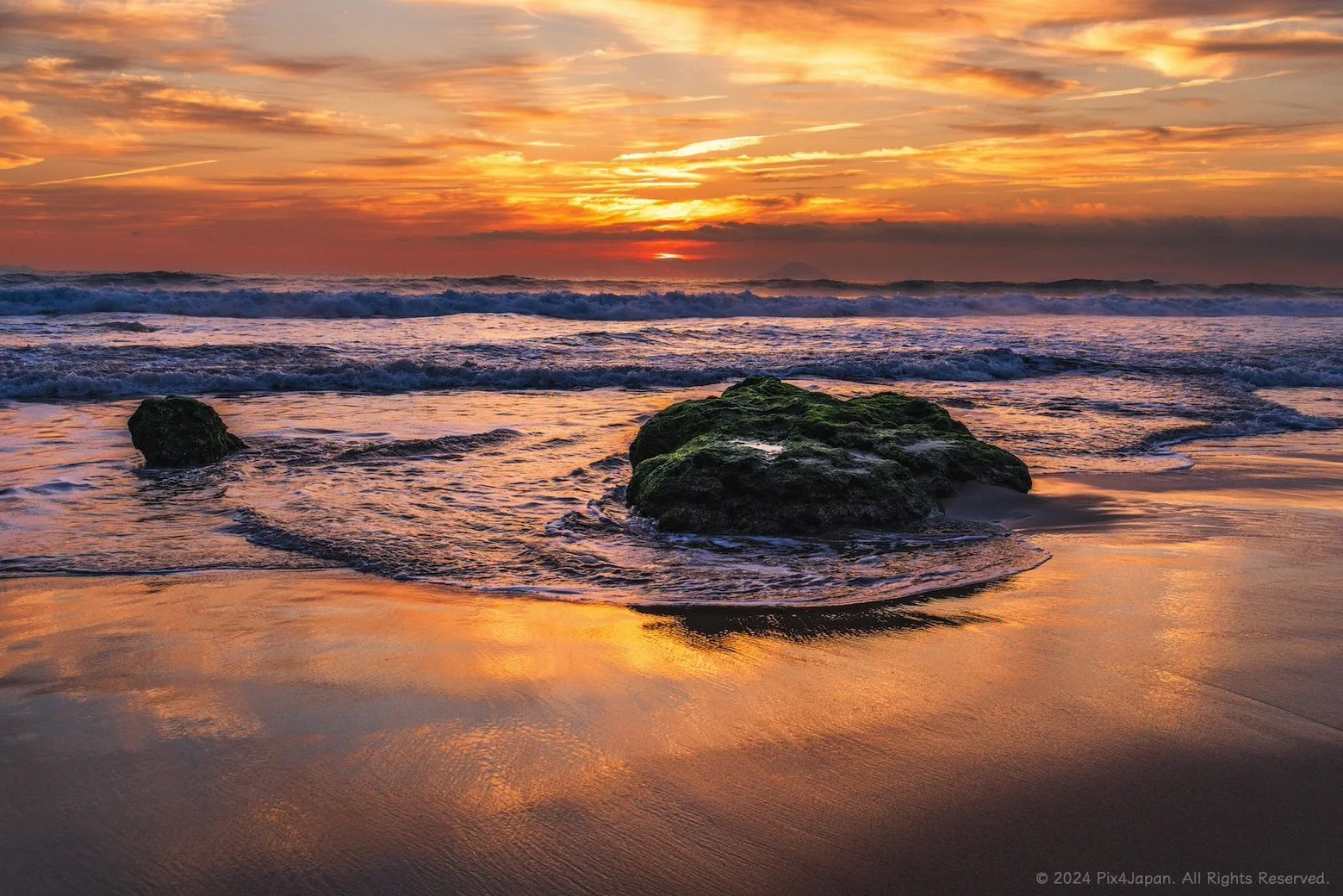Seascape Photography in Japan
Click on image to order a print.
Tsumeki Lighthouse, Cape Tsumeki, Shimoda, Shizuoka Prefecture
Cape Tsumeki, Shimoda, Shizuoka Prefecture
Coastal Cave, Jogashima, Kanagawa Prefecture
Forested Outcrop of Cape
Hayama, Kanagawa Prefecture
Hayama, Kanagawa Prefecture
Seabird Breeding Grounds, Jogashima, Kanagawa Prefecture
Tranquility, Jogashima, Kanagawa Prefecture
Explosion of Water, Jogashima, Kanagawa Prefecture
Kamo Village, Shizuoka Prefecture
Kamo Village, Shizuoka Prefecture
Kamo Village, Shizuoka Prefecture
Kamo Village, Shizuoka Prefecture
Kamo Village, Shizuoka Prefecture
Kamo Village, Shizuoka Prefecture
Haraoka Pier, Chiba Prefecture
Satta-Toge Pass, Izu Peninsula, Shizuoka Prefecture
For a brief moment, the sun pierced through storm clouds, casting light on a patch of woodland on the southern slope of Cape Deai. This dramatic headland rises above the formidable waters of Suruga Bay, along the rugged western shoreline of the Izu Peninsula, approximately 150 km southwest of Tokyo, Japan.
The rocky shoreline of Cape Mihama is inundated with smooth boulders, shaped by relentless waves that crash onto the western shores of the Izu Peninsula. Under cloudy skies, forested headlands extend into Suruga Bay, about 150 km southwest of Tokyo, Japan.
My border collie and I ventured onto the jetty to watch the sunset beneath a brisk winter sky, slightly warmed by the fiery glow of the setting sun. Enoshima Island lay nearby, while the Izu Peninsula stretched faintly in the far distance.
Setting up my camera and tripod for this shot, I paused to reflect. The crashing waves, gentle flow of seawater around beach stones, and the warm glow of the rising sun created a serene atmosphere. Amidst the fresh ocean breeze, contemplating my fortunes over the past 40 years, I found myself captivated by nature's beauty and felt grateful for the chance to appreciate this moment.
The sea stack (left) has varying shades of dark gray and black thus columnar joints indicating magma that flowed directly into the sea and cooled rapidly. Conversely, the red rock (right) appears to be scoria, which indicates magma with dissolved gas that may have cooled and solidified on the surface of an older lava flow.
